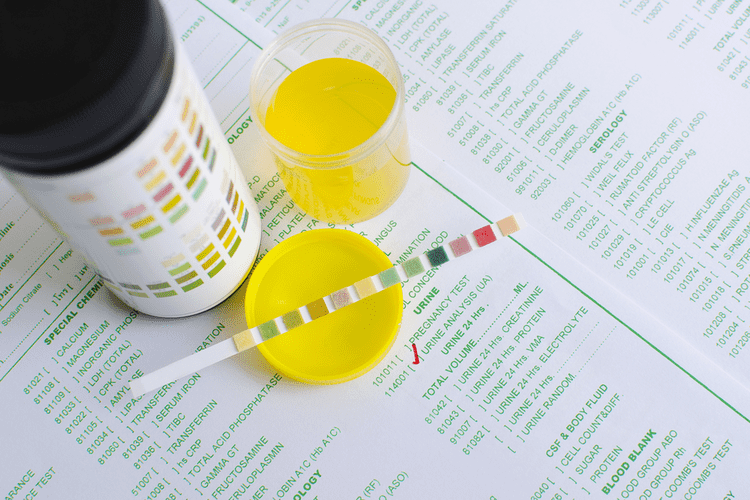Content
Tapering will normally create less severe alcohol withdrawal symptoms but will spread them out over a prolonged period. Essentially, tapering provides less intense withdrawal symptoms but over a longer amount of time. When you slowly taper your alcohol intake over time instead of quitting cold turkey, you reduce the likelihood of withdrawal symptoms. By weaning yourself from drinking, you give your brain the chance to adjust the amount of GABA it produces. Medical detox is an important tool for people who are considering quitting alcohol. Since alcohol withdrawal can be fatal, participating in a supervised detox is more important than it might be for most other drugs.
Is drinking every 3 days ok?
According to the National Institute on Alcohol Abuse and Alcoholism, drinking is considered to be in the moderate or low-risk range for women at no more than three drinks in any one day and no more than seven drinks per week. For men, it is no more than four drinks a day and no more than 14 drinks per week.
As such, there is only limited guidance available about the best ways to taper. Educate your loved ones on dangerous symptoms, too, so they can look out for you and get you medical attention if you need it. Antidepressant medications are not meant to be used for treatment of Alcohol Use Disorder unless there is evidence of a co-occurring disorder for which an antidepressant is an indicated treatment.
Sample Alcohol Tapering Schedule
The DTs usually emerge within two to five days after you stop drinking and are periods of confusion, disorientation, and hallucinations. Physical DT symptoms may include shaking, irregular heartbeat and blood pressure, sweating, and a change in body temperature. If you start to experience significant withdrawal symptoms when you stop drinking, a taper can provide a much safer method to detox from alcohol. Tapering can be done by using alcohol itself or various medications; however, can only be done safely under the supervision of a physician.
As long as safety precautions are taken, there’s no wrong way to begin a sobriety or moderation journey. This journey is often non-linear, and your goals can change over time. Alcohol proof2 is the amount of alcohol found in distilled spirits or liquor. Smaller drinks with a higher percentage of alcohol are stronger than the same size drink containing a lower proof liquor. By Buddy T
Buddy T is a writer and founding member of the Online Al-Anon Outreach Committee with decades of experience writing about alcoholism. Because he is a member of a support group that stresses the importance of anonymity at the public level, he does not use his photograph or his real name on this website.
Tapering or Weaning Off Alcohol
However, if you attempt to taper on your own without a doctor’s knowledge, tapering can sometimes be unsafe. For example, if you start to suffer from alcohol withdrawal symptoms despite an attempt to taper, your symptoms may worsen before you have the chance to seek medical attention. For this reason, even at-home tapers should be done under a doctor’s care. The purpose of alcohol tapering is to avoid some of the more dangerous symptoms of detox.
The schedules provided here are illustrative only, as someone’s individual needs may require deviation or alteration to this schedule. Delirium tremens (DTs) can begin 48 hours after your last drink and last up to five days. About 10 percent of people experience more severe symptoms, such as fever, fast breathing, and heavy sweating. Intoxicating beverages have been around since the Neolithic period (about 10,000 BC) which is a lot longer than modern medications. Throughout history alcohol has been used for a number of different issues, including tapering off to overcome alcohol use.
How Long Does It Take To Taper Off Alcohol Safely?
Before you start https://stylevanity.com/2023/07/top-5-questions-to-ask-yourself-when-choosing-sober-house.html, talk to your healthcare provider. Alcohol withdrawal symptoms are unpleasant effects that occur when you quit alcohol after becoming physically dependent on it. Physical dependence means your body has started relying on alcohol to function normally. However, it’s important to talk with your doctor or addiction treatment team before tapering off alcohol on your own.
Attempting to taper off alcohol without professional guidance may pose significant health risks and may not effectively address the underlying addiction issues. If you or someone you know has an alcohol use disorder and struggles to reduce their alcohol intake, contact MD Home Detox. Our at-home alcohol detox plans allow you to safely overcome substance use and avoid the intense and potentially fatal effects of alcohol withdrawal symptoms. If you want to know about our medically-assisted detox program, call today, and one of our admissions agents can help you get started. For people with moderate to severe alcohol addiction, utilizing an alcohol detox center is always the safest option.
How To Recover From Alcohol Effectively
Alcohol will increase the effect of gamma amino butyric acid (GABA) – the neurotransmitter in the central nervous system that creates feelings of peace and relaxation. However, chronic alcohol use will suppress GABA activity in such as way that progressively increased amounts of alcohol are needed to produce the desired effects – which is known as tolerance. Chronic alcohol use also suppresses glutamate activity, the neurotransmitter that produces feelings of excitement.

By gradually drinking less instead of stopping cold turkey, your body has a chance to adapt to smaller and less frequent drinks. If you suddenly quit drinking, your brain can start to make more of an excitatory substance called glutamate. This excessive glutamate level can lead to alcohol withdrawal symptoms, which can be dangerous.
